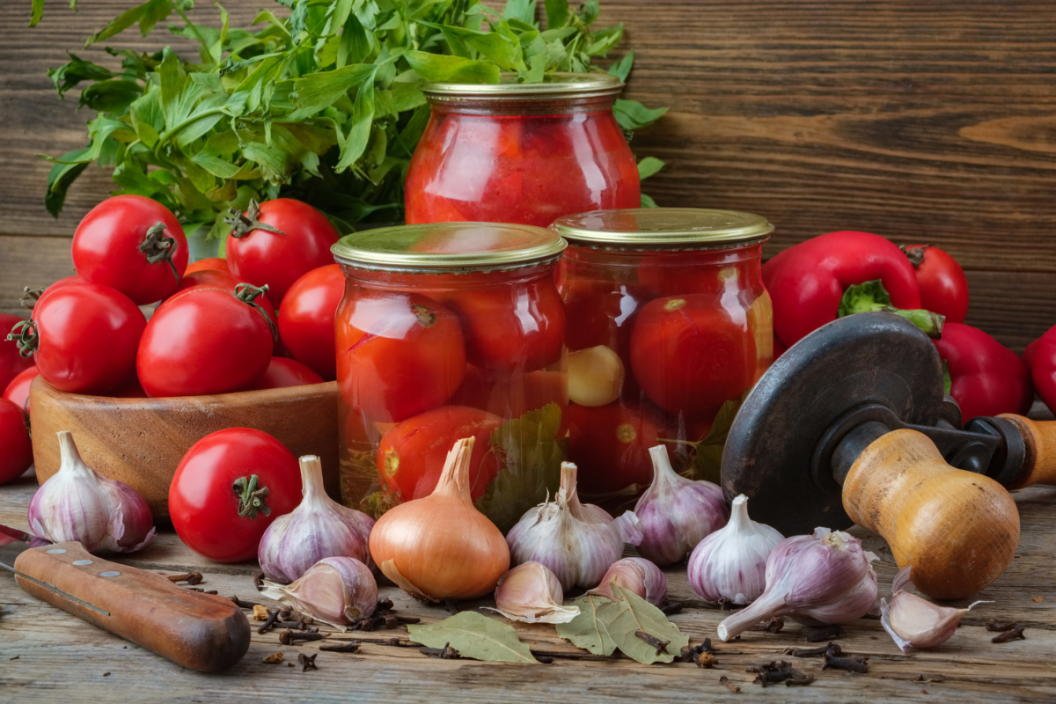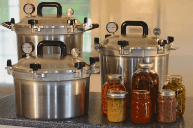Canning fruits and vegetables is one of the best ways to preserve food and ensure that you'll have delicious, home-grown ingredients no matter the time of year. Among homesteaders, few things are more satisfying than filling the pantry with cans of fruits, vegetables, soups and sauces. However, when it comes to tomatoes, there are a few safety measures to keep in mind.
Videos by Wide Open Country
When done correctly, canning is the perfect way to preserve food, whether you had an especially bountiful harvest or you simply want to set yourself up to enjoy your homegrown food all year long. However, when home canners take shortcuts or can without doing enough research beforehand, this homestead activity can become far more dangerous than delicious.
Why Is Canning Tomatoes Potentially Dangerous?
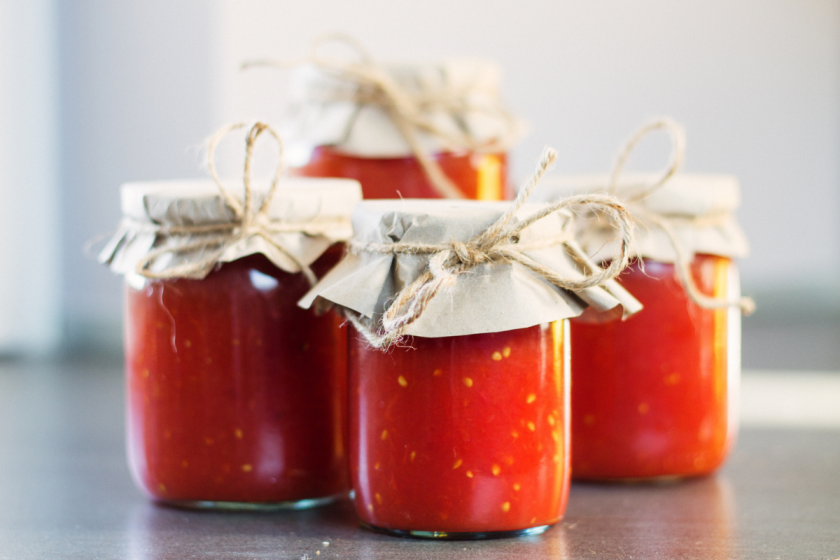
GettyImages/imagospot
Because tomatoes have lower acid levels than many other fruits, canning them has extra risk involved. To can your own foods, it's important to understand the role of acid in canning safety. Taking a trip back to middle school science, high acid foods have a low pH, while low acid foods have a high pH.
When it comes to canning, only foods with a pH of 4.6 or lower can be safely water bath canned, because low pH levels protect against microbial growth. Since tomatoes are naturally low in acidity and high in pH levels, canning them without adding acidity allows microbial growth like botulism to happen, which can be lethal.
To get an expert's input on the risks involved in canning tomatoes, we reached out to a Food Safety Expert on the USDA helpline, who explained that,
"botulism spores can be found pretty much anywhere. They are anaerobic, so they grow when there's no oxygen present. So, when you put products into a jar or can and you heat them, you kill off the competing microorganisms that might be there. Since botulism spores are so heat tolerant, they can survive the cooking process and then germinate again, producing a deadly toxin that causes muscle paralysis and paralyzes the respiratory muscles. It's very serious and only takes a very small amount to be dangerous."
Canning Tomatoes For Safe, Delectable Preservation
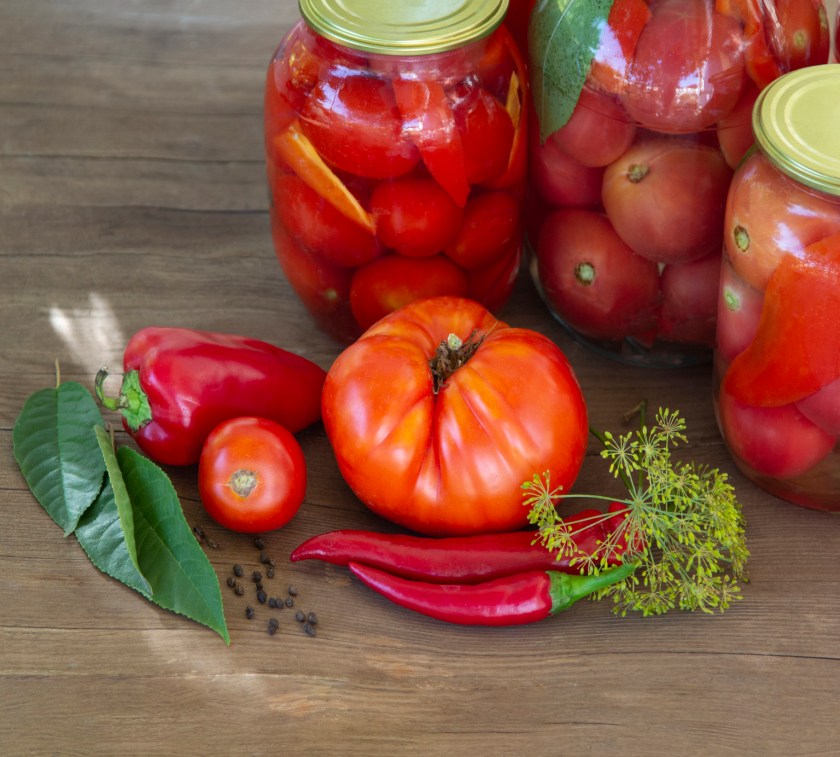
Getty Images/Chepko
Avoiding the danger of botulism in tomatoes is relatively simple, and the USDA's main advice is to be extremely careful with directions. Since the danger of tomatoes is their low acidity, the solution when canning them is to add substances that'll increase their acidity levels.
The most common ingredients that home canners use to accomplish this are lemon juice and citric acid, which is a powdered product that can be found at your local pharmacy. The USDA's rule of thumb is to add 2 tablespoons of bottled lemon juice or ½ teaspoon of citric acid for every quart of tomatoes.
If you prefer vinegar, use 4 tablespoons of a 5% acidity vinegar. Although any of these will do the trick, many home canners prefer to use lemon juice or citric acid to avoid an overly vinegar-y flavor in your tomatoes.
As the USDA Food Safety Expert says,
"It's possible to can low acid foods but it generally takes a longer period of heating. You put the cans in the boiling water bath and it just takes a lot longer if it's not an acidic food because you have to keep it hot for quite a while to kill off all the spores. It can be done safely, it's just one of those things where you want to be very careful to follow the instructions exactly and not take any shortcuts. Make sure you use a timer and if anything go a little longer rather than cutting it short to make sure you're killing all the spores."
How to Safely Can Tomatoes Using a Hot Water Bath
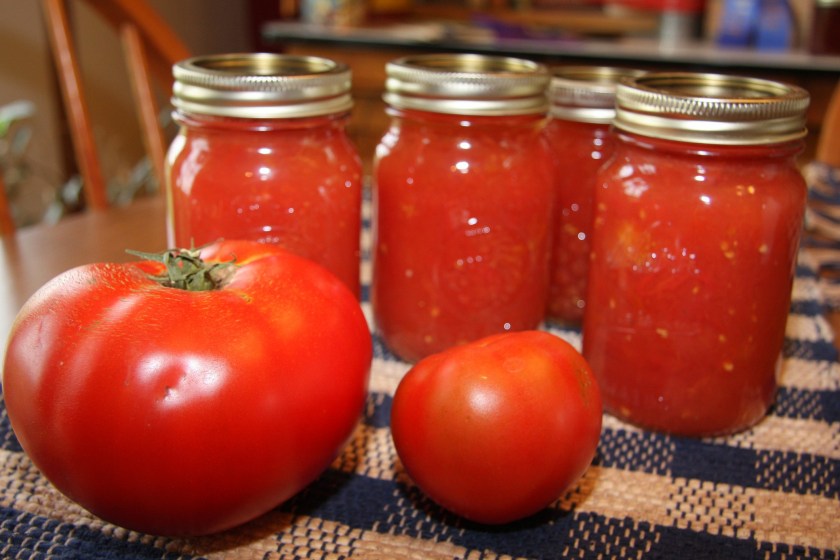
Getty Images/DarcyMaulsby
- To can tomatoes, start by washing them to get off any dirt or residue and then cutting an "x" into each tomato.
- Use a slotted spoon to dip a few at a time into a pot of boiling water for about a minute, until the skins have split. Immediately transfer tomatoes to cold water, and then pull the skins off and remove the core of each tomato. Depending on your preference, leave the tomatoes whole or cut them in half or in smaller pieces.
- Prepare your canning jars by washing them in hot soapy water, rinse well, and set aside. You can also use your dishwasher to make the process easier. Add the necessary amount of bottled lemon juice, citric acid or vinegar to each jar depending on the amount of tomatoes you're canning. For flavor, add in 1 teaspoon of salt for every quart.
- Divide the tomatoes into the prepared jars, gently placing them in with a spoon. Fill jars until each has only about ½ an inch left of space at the top. Slide a thin metal blade in and out of each jar to get rid of air bubbles.
- Wipe the jar rims with a damp towel, and then place the lids on the jars. Screw them on until tight, but make sure they're still able to be opened by hand. Over-tightening lids will make the canning process less effective.
- Put a rack in the bottom of a large, deep stockpot. Fill the pot about halfway with water, and bring to a boil. Once the water is at a rolling boil, lower the jars into the pot. Make sure that they're covered by at least 2 inches of water. If they're not, add in extra water until they are.
- Once the water has returned to a rolling boil, cover pot and leave the tomatoes for 85 minutes at sea level. Add 5 minutes to this amount of time for every 1,000 feet above sea level. If you're unsure, always use more time than less. When the time is up, remove the jars and get ready to enjoy canned tomatoes all year long!
